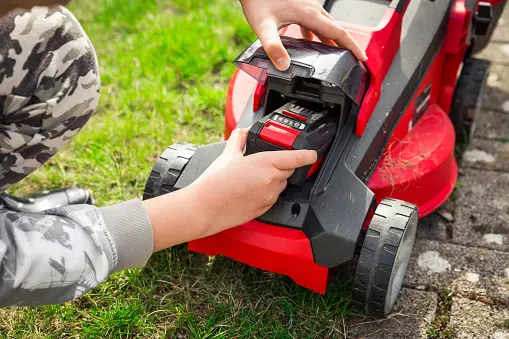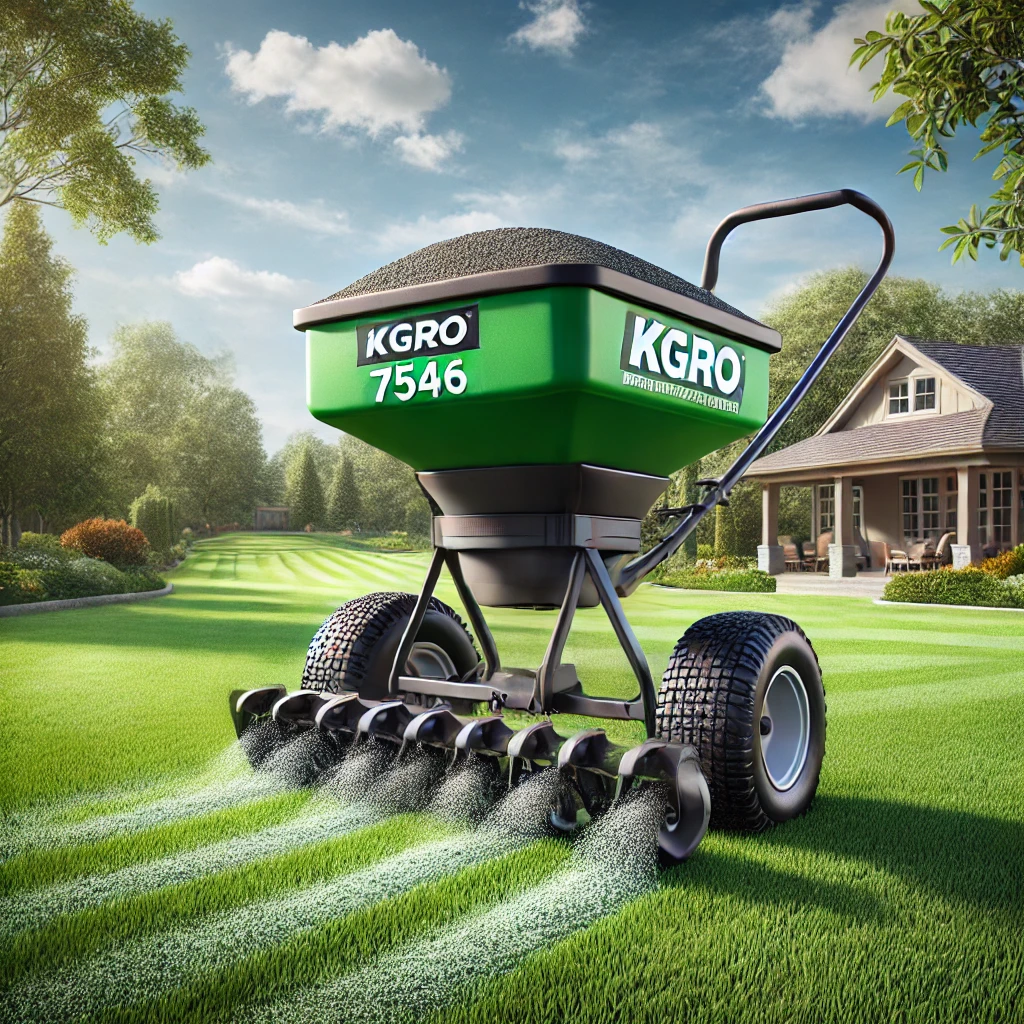Introduction to Racing Lawn Mowers
Imagine the thrill of racing, not in a car, but on a lawnmower—this is the exciting world of Racing Lawn Mower Transmission. Originating from informal competitions, racing lawnmowers has grown into a sport that combines speed, engineering, and a bit of humor.
At the heart of these high-speed machines is the transmission, a key component that can significantly influence performance. This blog post will explore the crucial role of transmissions in racing lawnmowers and guide you through selecting, maintaining, and optimizing this essential component.
Why the Right Transmission Matters in Racing Lawn Mowers

The transmission in a racing lawn mower is crucial for turning engine power into effective motion. It’s not just about moving faster; it’s about managing that speed on various tracks, which often include tight turns and varying elevations.
The right transmission ensures that the power delivery is smooth and consistent, enabling the mower to handle better and accelerate out of corners efficiently. In racing, where every second counts, a reliable and responsive transmission can make all the difference between winning and just participating.
Types of Transmissions Used in Racing Lawn Mowers
Racing lawnmowers typically feature one of three types of transmissions, each with its unique characteristics and benefits:
- Manual Transmission: This type offers the greatest level of control, allowing racers to choose precisely when they shift gears to optimize their speed and torque based on the race conditions. It’s preferred by experienced racers who want full control over their driving experience.
- Hydrostatic Transmission: Unlike manual transmissions, hydrostatic systems use fluids to transfer power to the wheels. This type of transmission facilitates smooth and variable speed adjustments, which is particularly beneficial in maintaining stability and traction in curves or when maneuvering around obstacles.
- Automatic Transmission: For newcomers to the sport, automatic transmissions remove the need to manually shift gears. They automatically adjust to the engine’s RPM, making it easier for beginners to focus on steering and controlling the mower without worrying about gear changes.
Key Features to Look for in a Racing Lawn Mower Transmission
Choosing the right transmission involves considering several factors that can affect performance:
- Durability: Racing puts a lot of stress on a mower’s transmission. Look for models built with high-quality materials capable of enduring the rigors of racing without frequent breakdowns.
- Ease of Use: Depending on your skill level and racing style, you might prefer a transmission that offers simpler operation (like an automatic transmission) or one that gives you more control over the machine (such as a manual transmission).
- Speed Control: Effective speed control is vital in racing. The best transmissions allow for precise speed adjustments, letting racers accelerate or decelerate quickly as needed.
- Maintenance Requirements: Some transmissions require more maintenance than others. Consider how much time and effort you are willing to invest in upkeep when choosing your transmission.
How to Maintain Your Racing Lawn Mower Transmission
Proper maintenance is key to ensuring that your racing mower’s transmission performs well and lasts through many races. Here are some tips to keep it in top condition:
- Regular Fluid Checks and Changes: Just like in a car, the fluid in a mower’s transmission is vital for its operation. Regularly check the fluid levels and look for signs of contamination or debris. Change the fluid according to the manufacturer’s recommendations.
- Cooling Systems: Racing can heat up a transmission very quickly. Ensure your mower is equipped with an adequate cooling system to prevent overheating, which can lead to transmission failure.
- Regular Inspections: Before and after races, inspect your transmission for any signs of wear, leaks, or damage. Early detection of issues can prevent costly repairs and downtime.
- Professional Check-ups: Occasionally, it’s a good idea to have your transmission checked by a professional. They can spot potential issues that you might miss and help you make necessary adjustments or repairs.
Racing lawn mower transmission replacement
Replacing the transmission in a racing lawn mower can be a necessary upgrade or repair to keep your machine in peak condition for competition. Whether you’re dealing with a worn-out transmission or looking for better performance, the process requires careful consideration and precision. Here’s how you can approach the replacement of a racing lawn mower transmission effectively:
Step 1: Choose the Appropriate Replacement Transmission
The first step is to select a suitable replacement. This choice will depend on several factors including the type of racing, your mower’s specifications, and your personal preferences for control and handling. You might choose between manual, automatic, or hydrostatic transmissions based on your racing needs and experience level.
Step 2: Gather Necessary Tools and Parts
Before beginning the replacement process, ensure you have all the necessary tools and parts on hand. This typically includes:
- New transmission
- Wrench set
- Screwdrivers
- Transmission fluid
- Gaskets and seals
- Jack and Jack stands
Step 3: Remove the Old Transmission
- Secure the Mower: Use a jack to lift and securely support the mower.
- Disconnect the Battery: Always disconnect the battery to ensure safety during mechanical work.
- Remove Belts or Chains: Disconnect any belts or chains linking the transmission to the engine or wheels.
- Unbolt the Transmission: Use a wrench to remove bolts or screws holding the transmission in place. Be mindful of any electrical connections or linkages that need to be detached.
Step 4: Install the New Transmission
- Position the New Transmission: Carefully align the new transmission with the engine shaft and drive mechanisms.
- Secure the Transmission: Bolt the transmission securely into place. Make sure all mounts and connections are tight to avoid any movement or vibration during operation.
- Reattach Belts or Chains: Reconnect any drive belts or chains that were removed during the disassembly.
- Check Alignments: Ensure that everything is aligned correctly to avoid undue stress on any part of the drive system.
Step 5: Refill Transmission Fluid
Fill the new transmission with the appropriate type and amount of fluid. This is crucial as it ensures smooth operation and prevents overheating and wear.
Step 6: Reconnect Electrical Components
If your transmission has any electrical components or sensors, make sure these are reconnected properly.
Step 7: Test the Installation
Before taking the mower out for a full-speed race, conduct a thorough testing:
- Start the Engine: Check for any unusual noises or vibrations.
- Test Movement: Ensure the mower can move smoothly in all gears.
- Check for Leaks: After the initial test, inspect the transmission for any signs of leaks or loose connections.
Step 8: Perform a Road Test
Finally, perform a road test under controlled conditions to ensure everything works as expected. This test should mimic racing conditions as closely as possible to test the transmission’s performance.
Maintenance Tips
- Regularly check the transmission fluid level and quality.
- Inspect the transmission and associated components periodically for wear and tear.
- Keep the transmission clean from dirt and debris which can affect its efficiency.
Replacing the transmission in a racing lawn mower is a detailed process that can significantly influence the performance of your racing mower. By following these steps carefully, you can ensure a successful replacement, providing a new lease of life and enhanced performance to your racing mower.
A robust and well-maintained racing lawn mower transmission is not just about power—it’s about transforming that power into performance. Whether you are a seasoned racer or new to the sport, understanding the types of transmissions available, what to look for in a good transmission, and how to maintain it will help you get the most out of your racing experience. Embrace the knowledge, choose wisely, and maintain diligently to find yourself at the forefront of this uniquely thrilling sport.
FAQs
1. What is a racing lawn mower transmission?
- A racing lawn mower transmission is a mechanism that transfers the power generated by the engine to the wheels, allowing the mower to move. It plays a crucial role in determining the speed, handling, and performance of the mower during races.
2. What types of transmissions are used in racing lawnmowers?
- There are mainly three types of transmissions used in racing lawnmowers: manual, hydrostatic, and automatic. Each type offers different benefits in terms of control, ease of use, and performance adaptability on the race track.
3. Why is the transmission important in racing lawnmowers?
- The transmission is vital because it directly affects how well the mower can apply the engine’s power to the ground, impacting acceleration, speed control, and maneuverability—all essential factors in racing.
4. How often should I maintain my racing lawn mower’s transmission?
- Maintenance frequency can vary based on the type of transmission and the intensity of use, but it’s generally recommended to check the transmission fluid and overall function before each race or after a certain number of hours of use, typically around 20-30 hours.
5. What are some signs of transmission problems in racing lawnmowers?
- Common signs include difficulty in shifting gears, unusual noises (like grinding or squealing), transmission fluid leaks, and a noticeable decrease in performance or responsiveness.
6. Can I upgrade my racing lawn mower’s transmission?
- Yes, upgrades are possible and often recommended to enhance performance. You might consider switching from a standard to a more advanced transmission type, like from manual to hydrostatic, or upgrading individual components to more durable or high-performance options.
7. What is the best type of transmission for a beginner in lawn mower racing?
- For beginners, an automatic transmission might be the best choice as it simplifies operation by eliminating manual gear shifts, allowing the racer to focus more on steering and learning the dynamics of the race.
Read more about lawn mowers












Leave a Reply